noises
my music
inserter series
inspired by factorio
Burner Inserter
this one was made in lmms lmao
Stack Inserter (2A03 + Amiga)
Inserter (2x SID2)
Fast Inserter (SNES)
bytebeat sampling
turning noise into more noise
INSERTION ASSERTION
title comes from the fact that motifs from the inserter series are included
X86C0R14T3R
title is a mutilated version of x86 + excoriate
XMM arrangement
FMA arrangement
misc. (waveform/vital)
superslop is my favourite instrument
core::mem::forget
alive, forgotten. conscious, forbidden to interact.
partially inspired by mindustry
this one ive had the idea for for a long time (especially the pings), but i never really got around to implementing it until very recently. it wasnt until i was shattering an amen break in strudel that i realised i could turn it into an actual song
final part (really like listening to it isolated)
isolated sidechained break
misc. (furnace)
mostly remixes, like all chiptuners tend to
Vito Biliti - Spin Land (2A03 Cover) [Super Stickman Golf 3]
ssg3 anyone?
Douglas Holmquist - Checkpoint 11 (PC + ES1488 Cover) [Smash Hit]
smash hit was such a peak mobile game
Matthew E. Harwood - PDA 1 (SID3 Cover) [Battleblock Theater/Alien Hominid]
heard this one in battleblock theater
Kenta Nagata, Satomi Terui - Neo Bowser City (PC + ES1488 Cover) [Mario Kart 7]
nintendo pretty please dont kill me with knives and hammers
Kali the Catgirl - Buffer Overrun (ES5506 + ES1488 Cover)
yes i did make a cover of my own song, and theres nothing you can do about it :3
evil lmms concoctions
INCREDIBLE slop next 5km
these are very old, ive completely abandoned lmms for waveform and furnace at this point
most of these are pretty loud so be warned of that, loud ones are red
phonk remixes
these kinda sound semi-decent but WOW i regret these so badly
DJ-Nate - Clubstep
helium type vocals
F-777 - Deadlocked
Zalza - Cherish
fakebit remixes i used to call chiptune
> "chiptune remix"
> look inside
> tripleoscillator
i have SO MANY OF THESE, these are ones i actually kinda like
Murugan Thiruchelvam - Kitchen [I Am Bread]
Tanger - BIKE
vowl & sace - 2000
this one was made because i really liked the song, but wanted to change its structure
other remixes
literally just loud = good mostly
Zalza - Cherish
i de-phonked the phonk remix of this one and made it into something kinda decent i think?
Shirobon - Granite
Bee Hunter - Apoplexy (Noteblock Remix)
unfinished originals
might continue later idk
C18H24O2
made after seeing bishu's hit 'em video, i wanted to make what i think was a more faithful interpretation of hit 'em's description
ty dream girl
Misinformation Break
the "how it feels to spread misinformation" meme got to me and now i some day want to make a song about it that's utterly joyous
sillies
welcome to my louvre
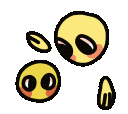
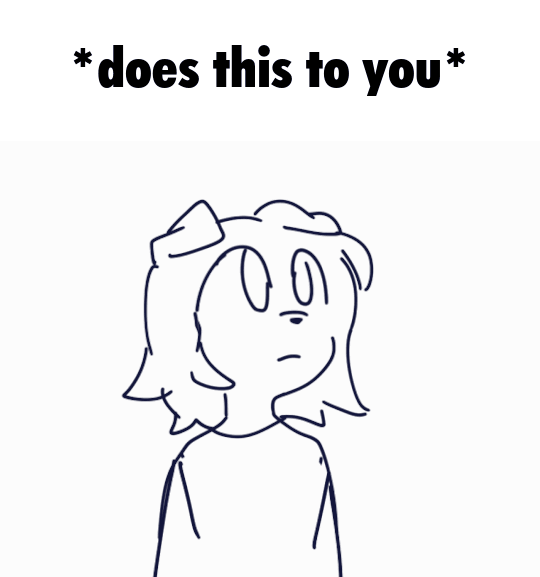

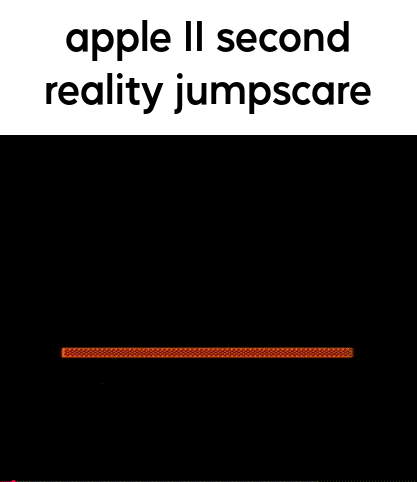
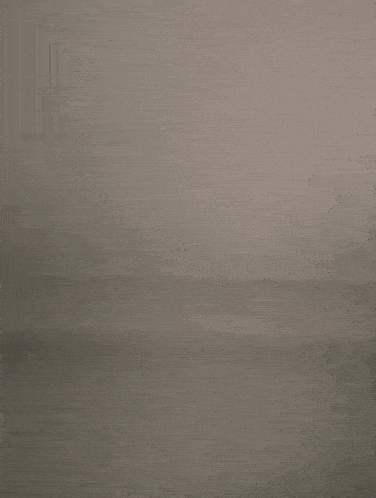
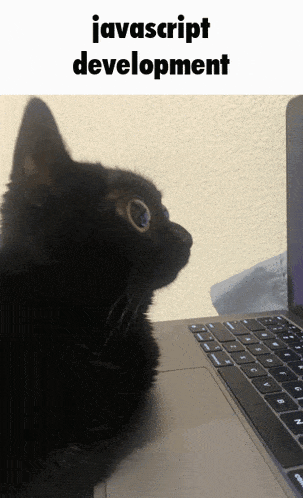


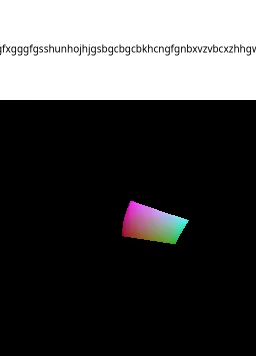
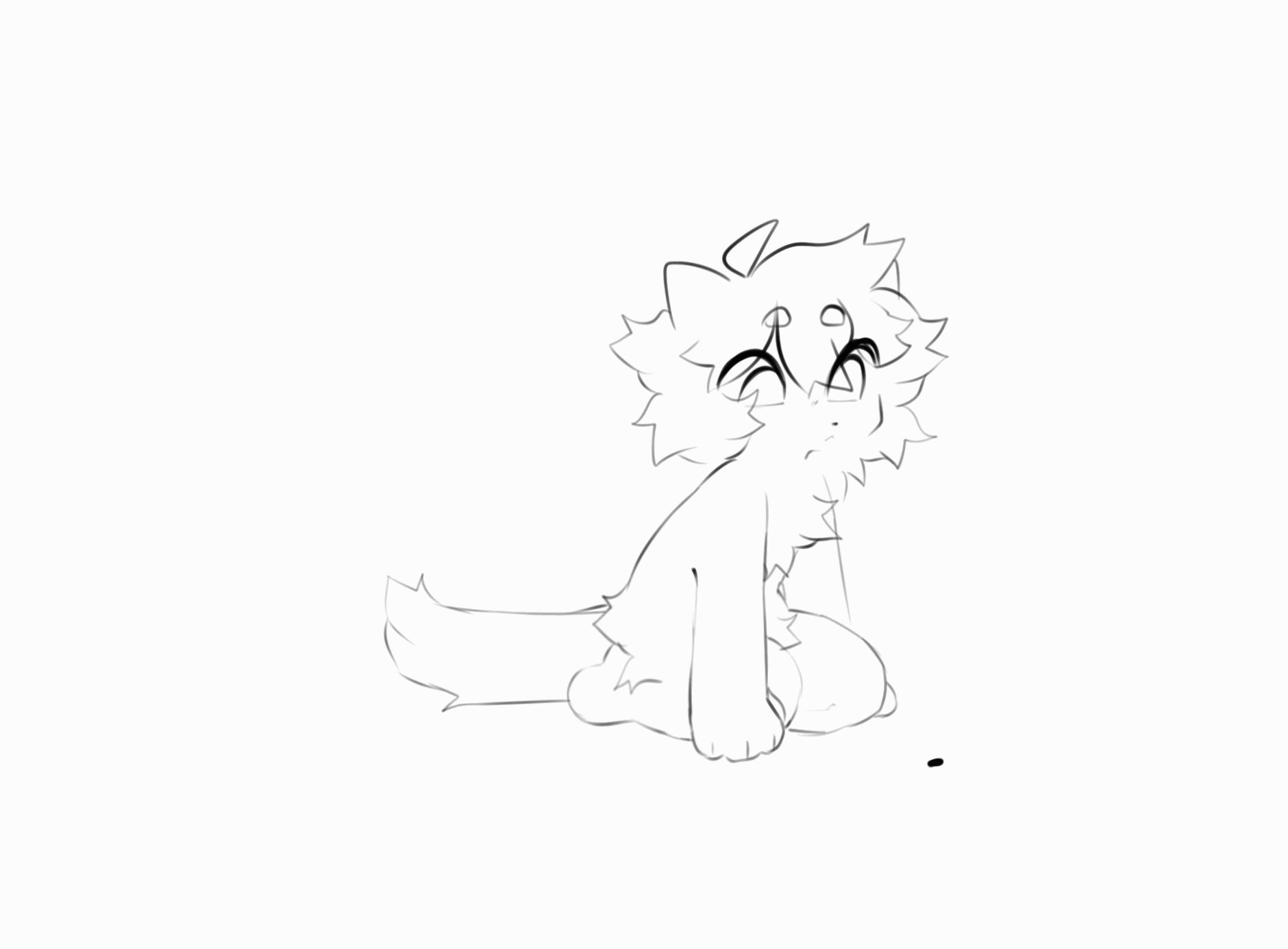
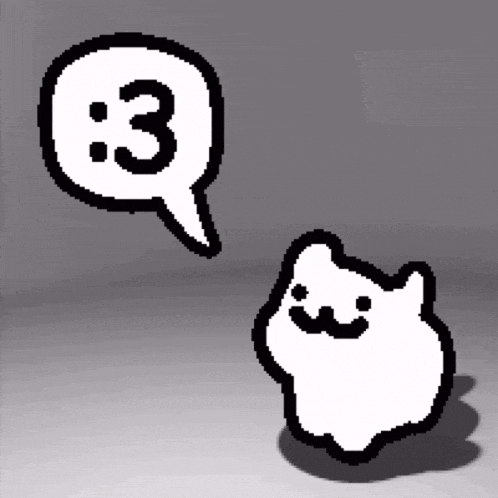
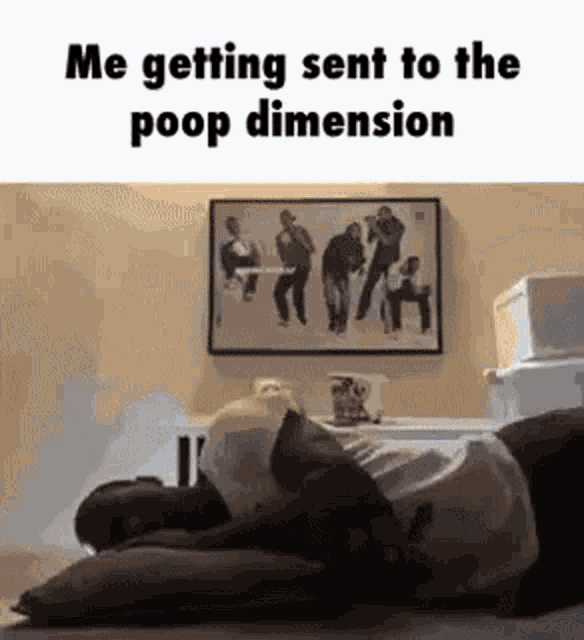



 owo
owo
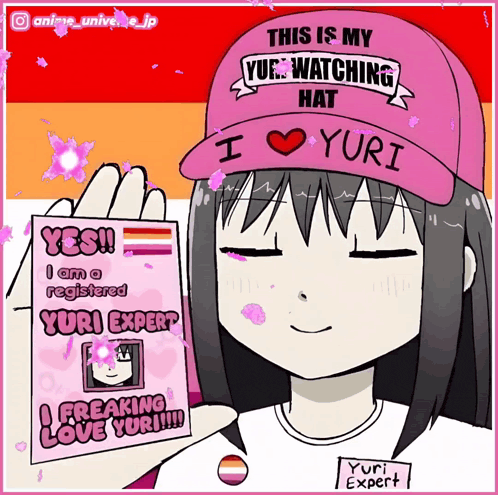
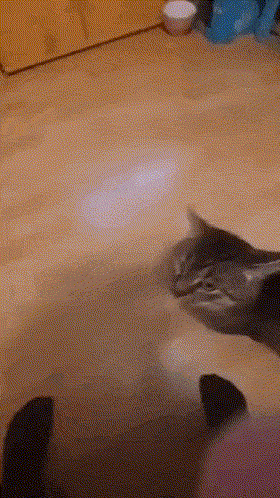 t
t

 my runes be delting
my runes be delting
 guh
guh
